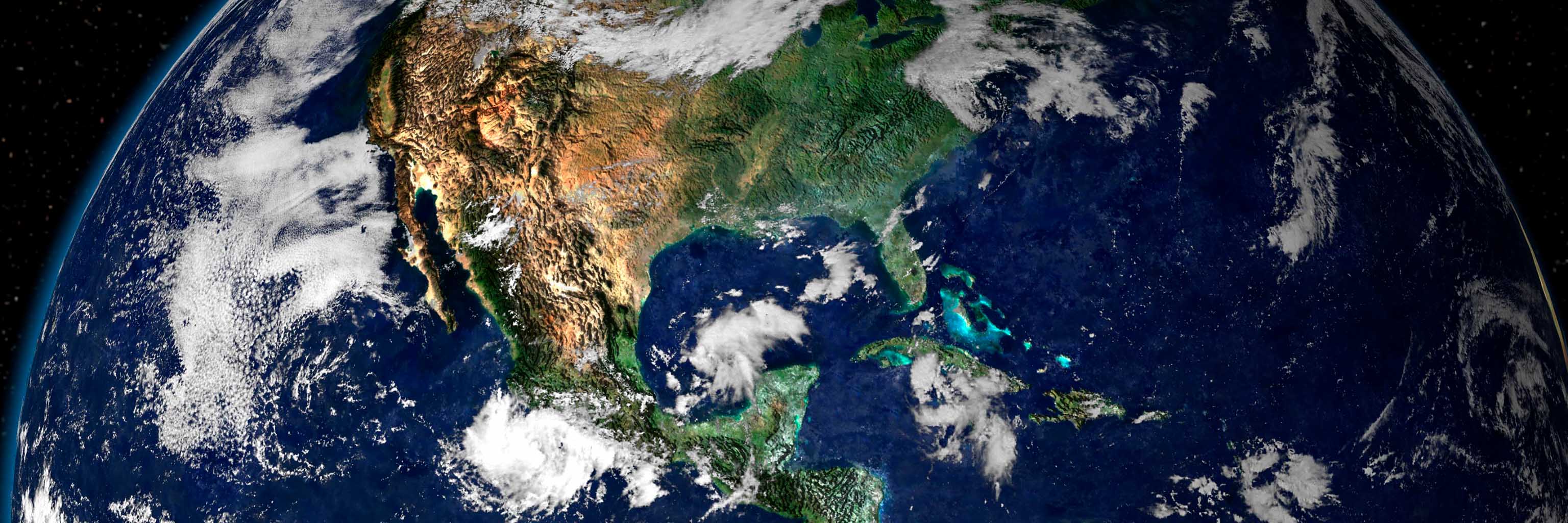- Ph.D., Atmospheric Sciences, Rutgers University, 2011
- M.S., Atmospheric Sciences, Rutgers University, 2009
- M.S., Mathematics, Purdue University, 2007
- B.A., Mathematics, Northwestern University, 2004

Ben Kravitz
Associate Professor, Earth and Atmospheric Sciences
Director of Graduate Studies

 The College of Arts
The College of Arts